Delicious dishes with pandan
Pandanus is a genus of plant covering some 750 or so species but the one of interest for the cook is Pandanus amaryllifolius. It’s the spiky, slender, deep green leaves of the plant that are used, both for the colour and the fragrance they impart to a whole raft of dishes.
 |
Pandan-scented chicken and tomato curry (ayam masak merah) (source: sbs.com.au)
Cooks across South East and Southern Asia use pandan; anyone familiar with Thai, Vietnamese, Malay, Indonesian or even Philippine sweets will be familiar with its tell-tale hallmarks. It's sweet,vanillary presence regularly perfumes rice flour, and other Asian sweet treats.
Also called screw-pine, the juice is extracted from the leaves by processing it with liquid; the leaves are also used whole to infuse steamed or simmered dishes, or as a wrapping. In Thailand, for example, pandan is used to make the classic dish gai ob bai toey, where chicken pieces are deep-fried in a pandan wrapping.
In Malaysia and Sri Lanka, it pops up in curries (such as the one below) while in India, it’s used to flavour pilafs and biryanis made using ordinary rice; it shares an aroma compound (2-acetyl-1-pyrroline) with basmati rice. As basmati is expensive, infusing regular rice with pandan is a trick cooks use to mimic the flavour of basmati. Kewra, used in sub-continental cooking, is made from pandanus flowers.
Available in fresh, dried or frozen form from Asian supermarkets, it’s the fresh leaves that give the best results. Frozen pandan leaves are sometimes available from Asian/South East Asian/Indian grocers and can be substituted for fresh. Freezing does reduce their flavour so you'll need to use two or even three times more leaves than a recipe for fresh leaves suggests.
When using frozen leaves, thaw them at room temperature then rinse them under cold water and dry well before using. Avoid frozen leaves that are discoloured as this will adversely affect their taste. If the frozen leaves come pre-cut into lengths; use three to four pieces instead of a fresh leaf, or to taste; as different brands and packaging vary. You can also freeze any leftover fresh pandan leaves you might have and make sure you use them within a month for the best flavour.
 |
Pandan pancake with banana (source: sbs.com.au)
Pandan essence and pandan paste mimic the flavour of real pandan. They are most useful in baked goods (cakes, pancakes, etc); buy them from Asian supermarkets. Pandan essence is a thin liquid and is either clear, light green or darker green, according to the brand. Essence also varies in flavour according to brand; in general, try to use one with the fewest ingredients (Maharajah’s Choice is one we like). Some contain propylene glycol, a chemical thought to be harmless in small levels. It's used as a stabiliser, to standardise the strength of the essence and to make the essence both water and fat soluble. Essences that are green contain artificial food colouring.
Pandan paste is thicker and a very deep green; depending on the brand the flavouring agents are either all artificial or a mix of artificial and natural. It's a lot stronger than essence and should be used sparingly; ¼ -½ teaspoon of paste is enough to flavour a cake; note that it also leaves a lurid green tint. By comparison, when using essence, you need 2-3 teaspoonfuls to flavour a cake or batch of pancakes, depending on the strength of the particular brand. Start with a little and add more to taste.
You can substitute pandan essence in any of the desserts below - start with a teaspoon of extract and add more to get the strength of flavour you’d like. Note that some of the coloured extracts will produce a lurid green result.
Pandan-scented steamed rice
Sauté 4 slices of ginger, 2 bruised garlic cloves and 2 cups of long grain rice in 1 tbsp vegetable oil for 2 minutes, or until fragrant. Add 6 bruised pandan leaves, tied in a knot, and 3 cups chicken stock. Bring to a simmer, cover, then cook for 12 minutes or until the liquid is absorbed. Remove from the heat and stand, covered, for 10 minutes or until the rice is tender. Remove the solids then serve.
Easy pandan-coconut jam
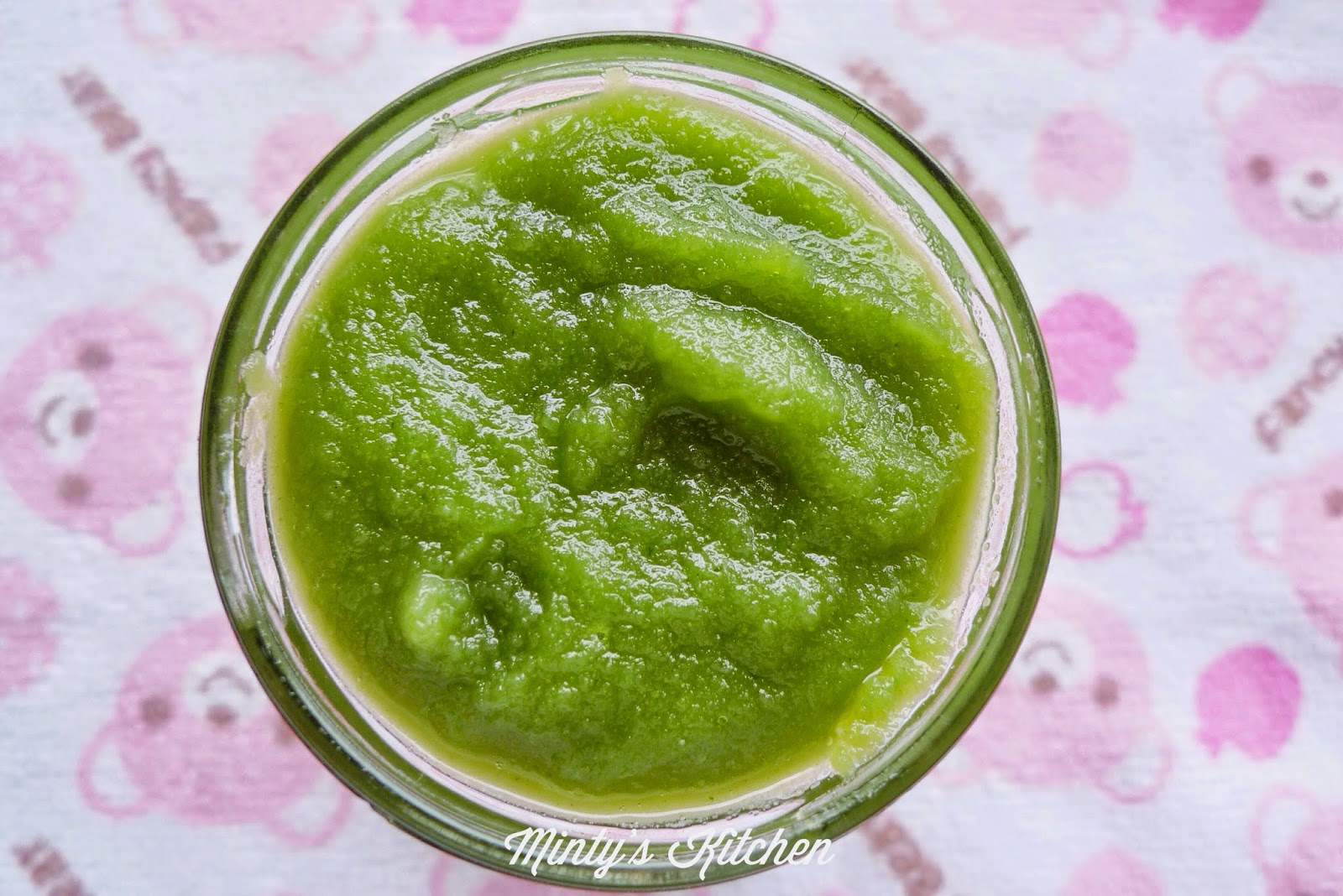 |
Pandan-coconut jam (source: Minty's kitchen)
Whisk together 1 cup coconut milk, 4 large eggs, 2 tsp clear pandan extract, or to taste, 125g finely shaved palm sugar and 2 tsp flour in a bowl until smooth. Stirring constantly, cook over medium-low heat for 5-6 minutes or until mixture is thick (don't let it get too hot or the eggs will scramble). Strain, then cool and store in the fridge.
Mango with lime and pandan syrup
Combine 1 cup caster sugar, ½ cup lime juice, ½ cup water, 6 finely chopped pandan leaves and 6 finely chopped kaffir lime leaves in a saucepan. Bring to a simmer then cook for 5 minutes or until sugar dissolves. Remove from the heat and cool. Strain then serve spooned over sliced fresh mango.
Vietnamese artichoke and pandan iced tea
Combine 5 halved artichokes, 24 bruised pandan leaves and 3½ - 4 litres water in a large saucepan. Bring slowly to a simmer, then cover and simmer for 1½ hours or until the artichokes are very soft. Stir in caster sugar to taste. Cool, then strain and refrigerate. Serve over ice.
Green sago pudding
| |
Sago pudding (source: Living Serently)
Simmer 1 cup sago in 1.75 litres water, stirring often, for 25 minutes or until translucent. Transfer to a sieve and stand for 20 minutes to allow thick liquid to drain. Combine 125ml pandan liquid with 170g caster sugar in a saucepan and cook, stirring, over medium heat until the sugar has dissolved. Combine with sago, add 300ml coconut milk and stir to combine. Chill and serve with honeydew melon balls stirred through, if you like./.
( VNF/SBS )
Most read
Recommended
 Handbook
Handbook
Hanoi To Host 70 Spring Flower Markets This Tet Holiday
 Handbook
Handbook
Fireworks To Light Up Skies Over Hanoi For New Year Celebrations
 Handbook
Handbook
Vietnam's Cultural Charm Shines at Winter Fair
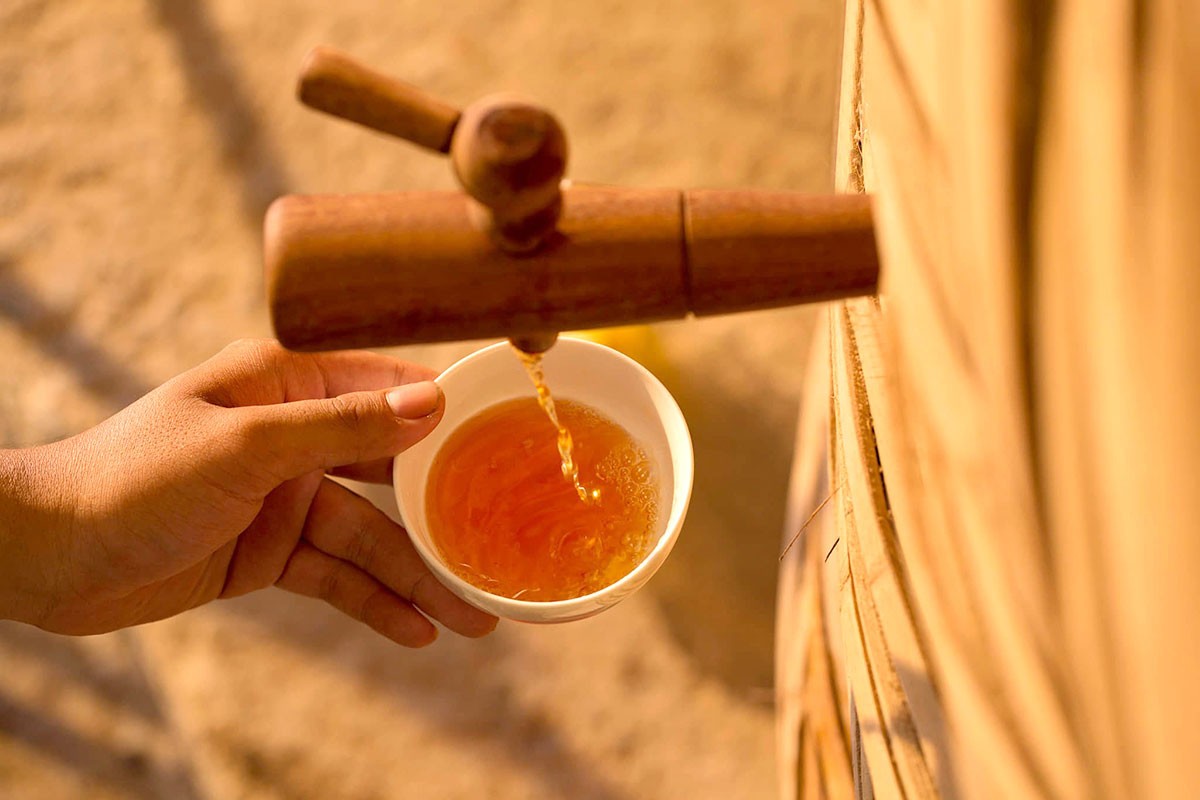 Handbook
Handbook
Vietnam's Fish Sauce Tops World's Best Dipping Sauces
Popular article
 Handbook
Handbook
Four Vietnamese Universities Feature Among Asia's Top 200
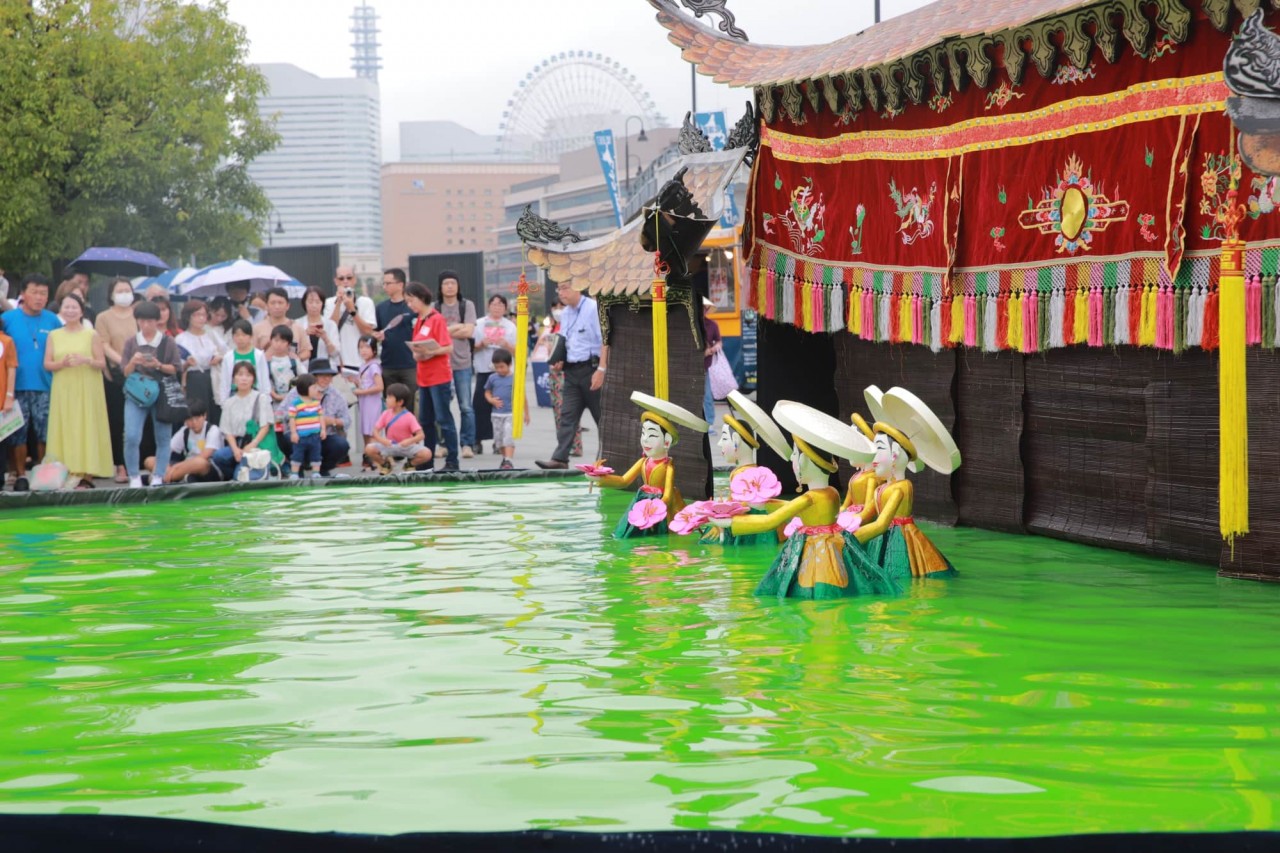 Handbook
Handbook
Water Puppet Show To Be The Highlight of Vietnam Day in Brazil
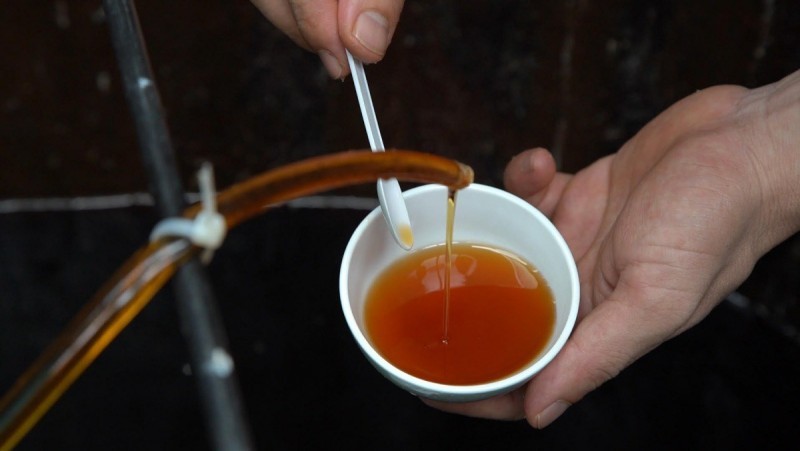 Handbook
Handbook
Taste Atlas: Vietnam’s Fish Sauce, Fermented Dish Sauce Among World’s Best Dipping Sauces
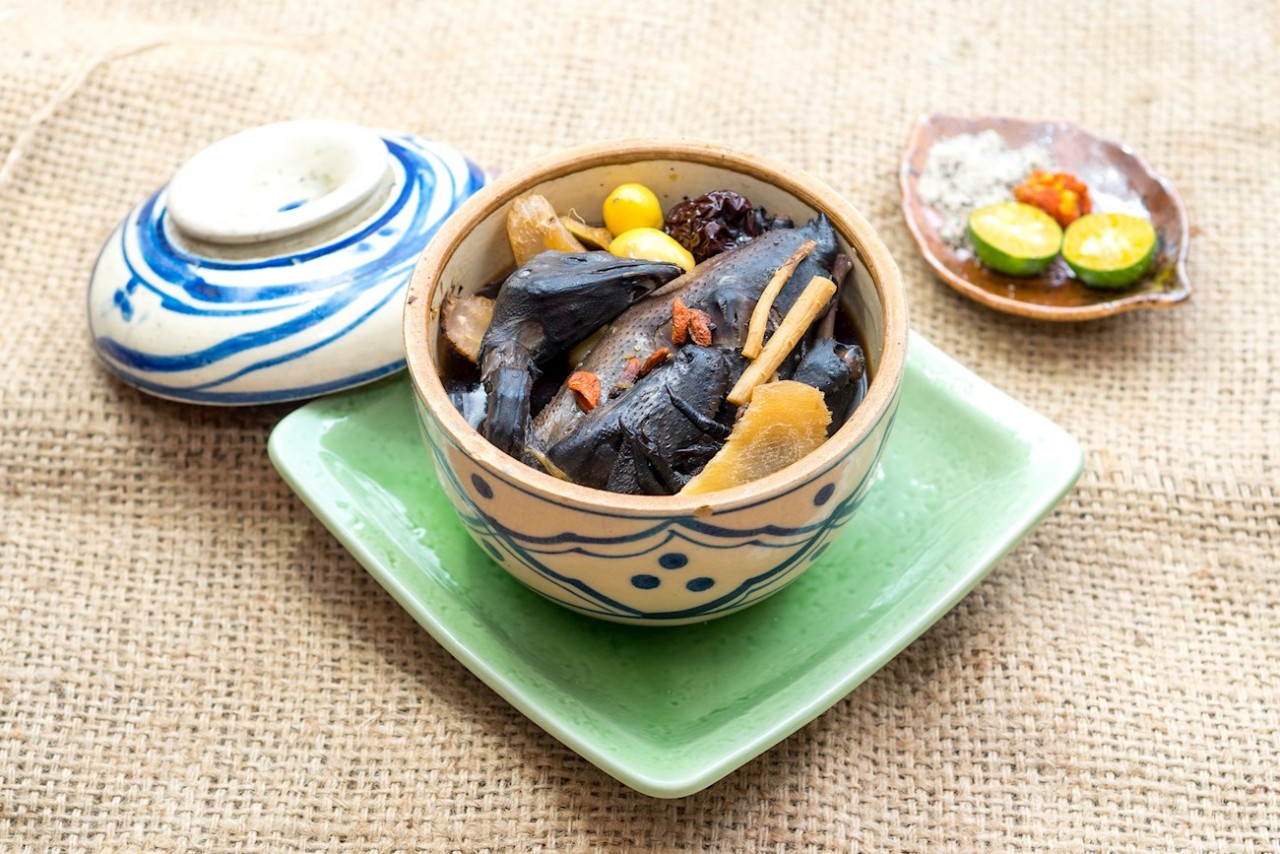 Handbook
Handbook






